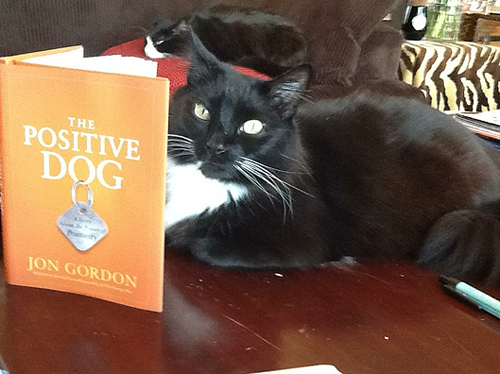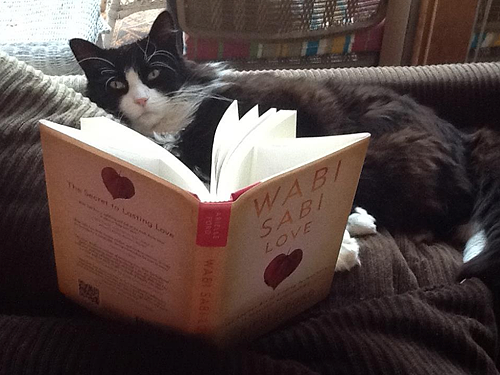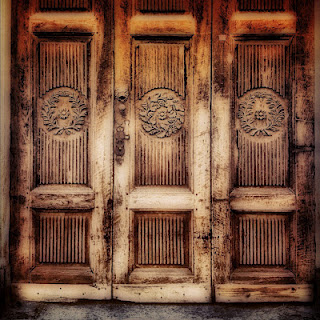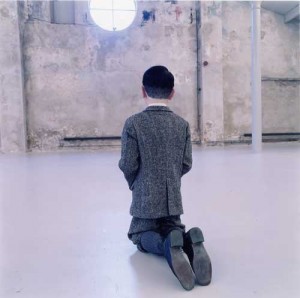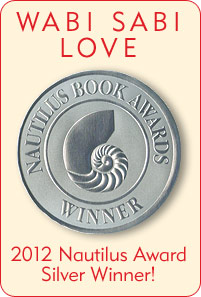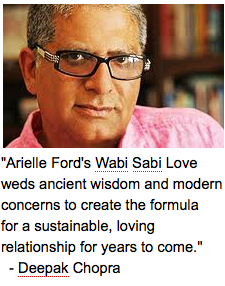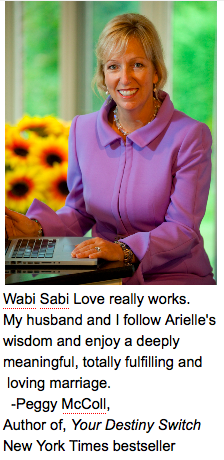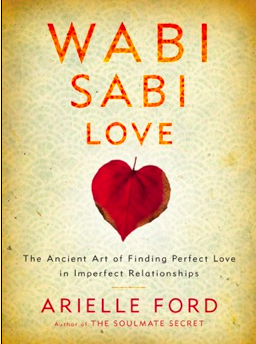When it comes to the link between marriage and health, the newest research indicates that only one question really matters:
Is your marriage good for your health?
 While it’s true that marriage boosts health at a statistical level, as an individual you only get that health advantage if your marriage is a happy one, recent research shows. A stressful marriage may in fact cost you your health. In a New York Times magazine article, Tara Parker-Pope cites study findings that correlate the heart-damaging effects of a bad marriage to those of “a regular smoking habit.”
While it’s true that marriage boosts health at a statistical level, as an individual you only get that health advantage if your marriage is a happy one, recent research shows. A stressful marriage may in fact cost you your health. In a New York Times magazine article, Tara Parker-Pope cites study findings that correlate the heart-damaging effects of a bad marriage to those of “a regular smoking habit.”
Summarizing multiple studies, she adds, “a number of epidemiological studies suggest that unhappily married couples are at higher risk for heart attacks and cardiovascular disease than happily married couples.”
Marital strife also appears to weaken immune response. In two studies at the Ohio State University College of Medicine, immune response, monitored with blood samples, was consistently lower in couples when they were discussing “hot button” issues like money or in-laws. The couples with the highest levels of hostility toward each other demonstrated a weakened immune response over a two-day period, suggesting that the strain of a conflict-ridden marriage has lasting effects on your body’s ability to defend itself against infection, germs and disease.
A separate study at the University of Utah found that bad marriages are especially dangerous to women’s health, putting unhappy wives at greater risk for metabolic syndrome, a scary cluster of high risk heart symptoms (high blood pressure, high triglycerides, and high blood pressure coupled with abdominal fat and more). Similarly, a Swedish study that tracked 300 women hospitalized for chest pains or heart attack found that those who reported the highest levels of marital stress were almost three times as likely to have another heart attack or require bypass or some other procedure.
While heart disease wasn’t consistently linked to men in bad marriages, in multiple studies unhappy husbands (and wives) were more likely to demonstrate symptoms of depression.
For better (or worse), these findings are just the beginning. The volume of research on the health-depleting effects of a bad marriage is considerable, begging an important question:
If a bad marriage is so damaging to your (and your spouse’s) cardiovascular and mental health, how do you keep your own marriage healthy?
One answer is to embrace Wabi Sabi, an ancient Japanese aesthetic of finding beauty in the flaws, imperfections and inconsistencies, of ourselves and our partner. In Wabi Sabi Love (and marriage), you learn to shift your perspective around the things that might frustrate or annoy you. When you practice Wabi Sabi love you become willing to see your mate’s behavior through a new, gentler, and kinder lens. Chances are you see their behavior as “wrong or bad.” But, imagine for a moment that this behavior exists solely to teach you how to become a more loving, compassionate person. Can you find the gift of that behavior?
Even at its most Wabi Sabi, however, marriage involves some conflict. Living “happily ever after” every second of every day is a fantasy no one can sincerely live out. Not to mention, a study at the Harvard School of Public Health concluded that “healthy anger” may be a scientific reality. It’s when anger is at either end of the spectrum, whether it’s withheld (not expressed) or raging too loudly too often, that it appears to increase the risk of heart disease, particularly in men.
The answer to the riddle of whether your marriage supports your health, then, isn’t pretending that you and your spouse will spend the rest of your days in the warm glow of marital bliss. Rather, a “healthy marriage” means learning to express anger respectfully while also deepening your connection and sharing your lives—and your home, families, money, careers, and bed sheets—in more loving and supportive ways.
To help you navigate conflict healthfully, here are some Wabi Sabi tips for having constructive (as opposed to destructive) discussions about your “hot button” topics:
1. Try to fight fairly and openly. According to research at the University of Utah, the emotional tone of your fights really matters. For women, even small signs of affection, like a gentle touch or term of endearment (as in, “Honey, stop being such a nag!”), allows wives to process their husband’s anger in a way that doesn’t damage heart health. For men, heart health was jeopardized when fights turned into battles for control.
2. Have a little laugh. Chances are, for every time he’s put your delicates in the dryer, you’ve misplaced the car keys. Remember, too, that he was trying to take care of you by helping with the laundry—and dryer or not, clean skivvies are better than dirty ones!
3. Pause before you “drip, drip, drip.” Constantly subjecting your spouse to negative comments, insults and criticism puts both of your health at risk. Next time you’re tempted to bemoan the forever-drifting toothpaste cap, remember that she neglected to put the cap on because she was rushing off to work to help support your life together.
At its best Wabi Sabi marriage (and love in all forms) is about embracing the imperfections in each other, and in your life together. It’s the art of welcoming each other as human beings—flaws, foibles and all—to make room for deeper love and connection. It’s also, recent research suggests, a need so basic, your very health may depend upon it.
Finding examples of Wabi Sabi in your every day life brings peace in the midst of your current challenge? Click here to download my newest Wabi Sabi Love Feelingization. I will send your recording right to you.




